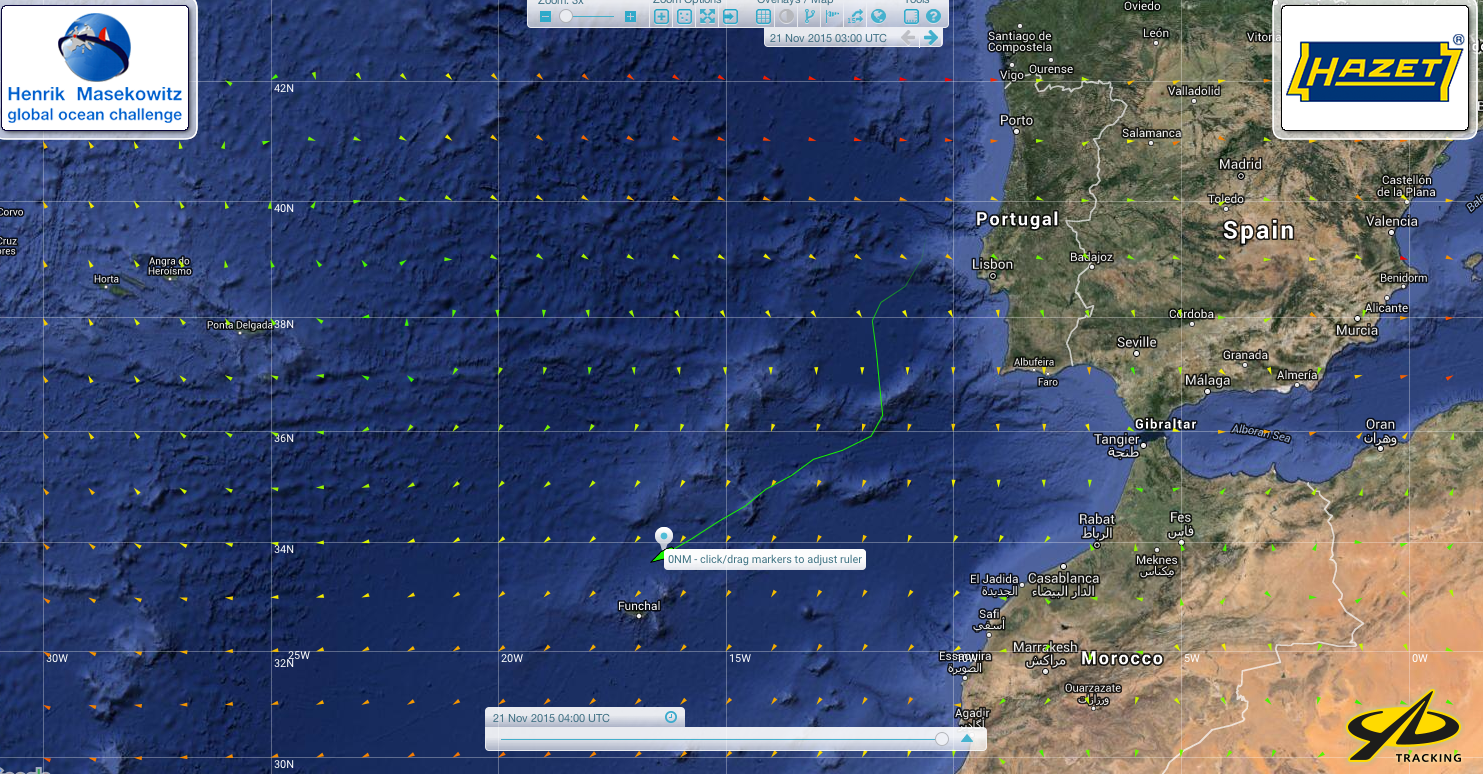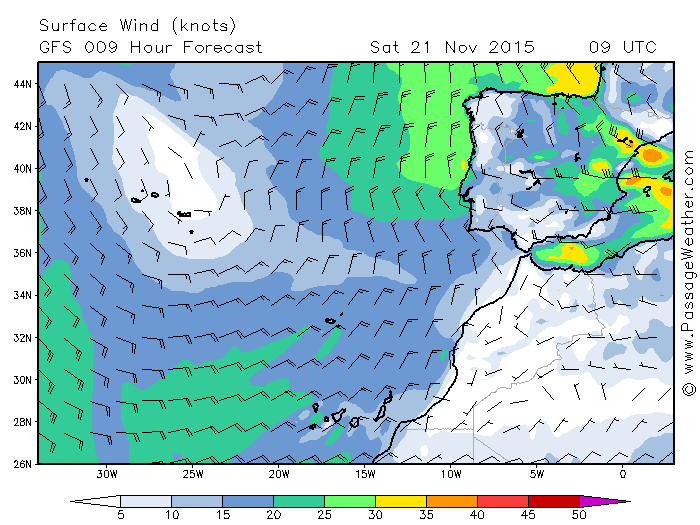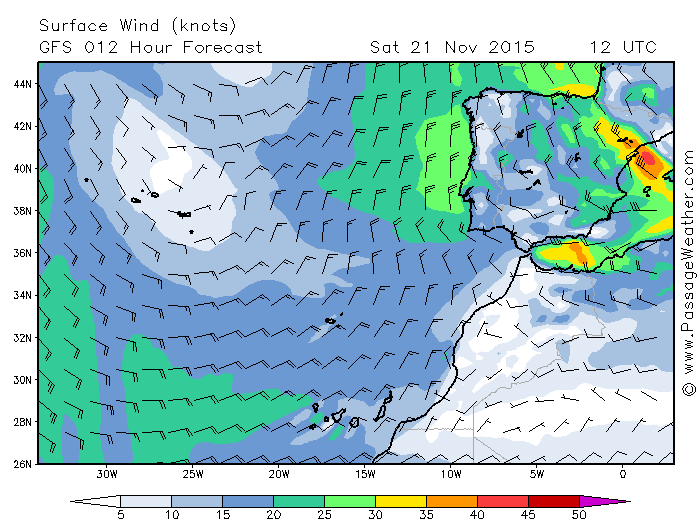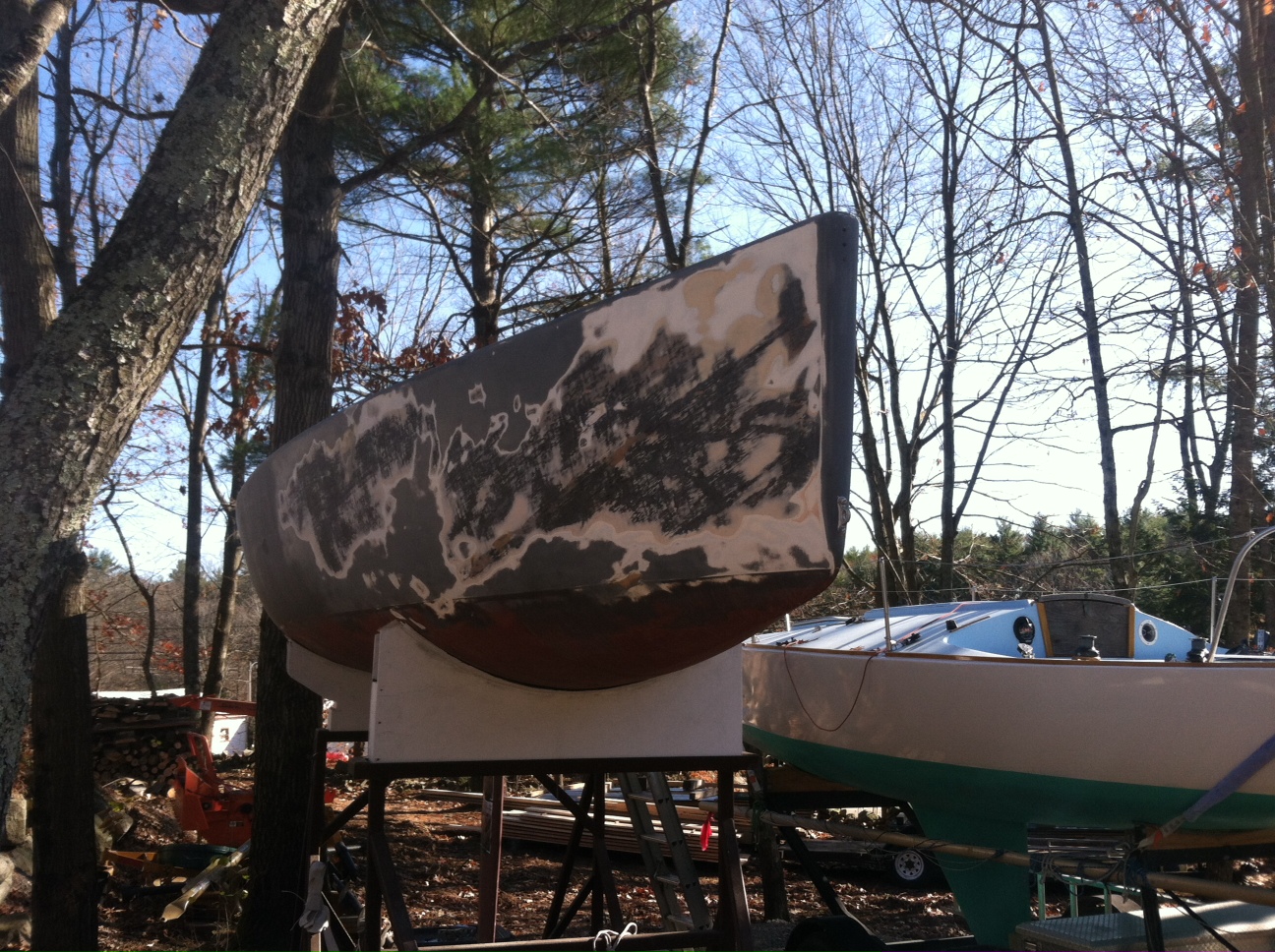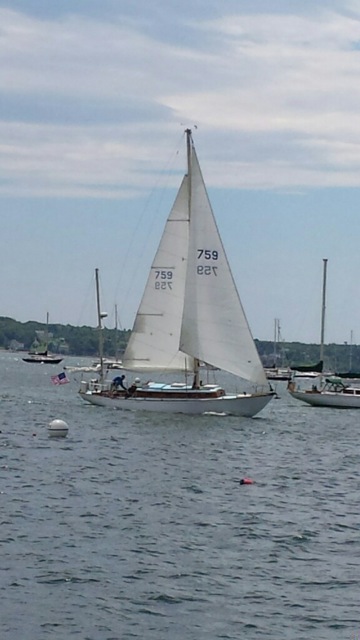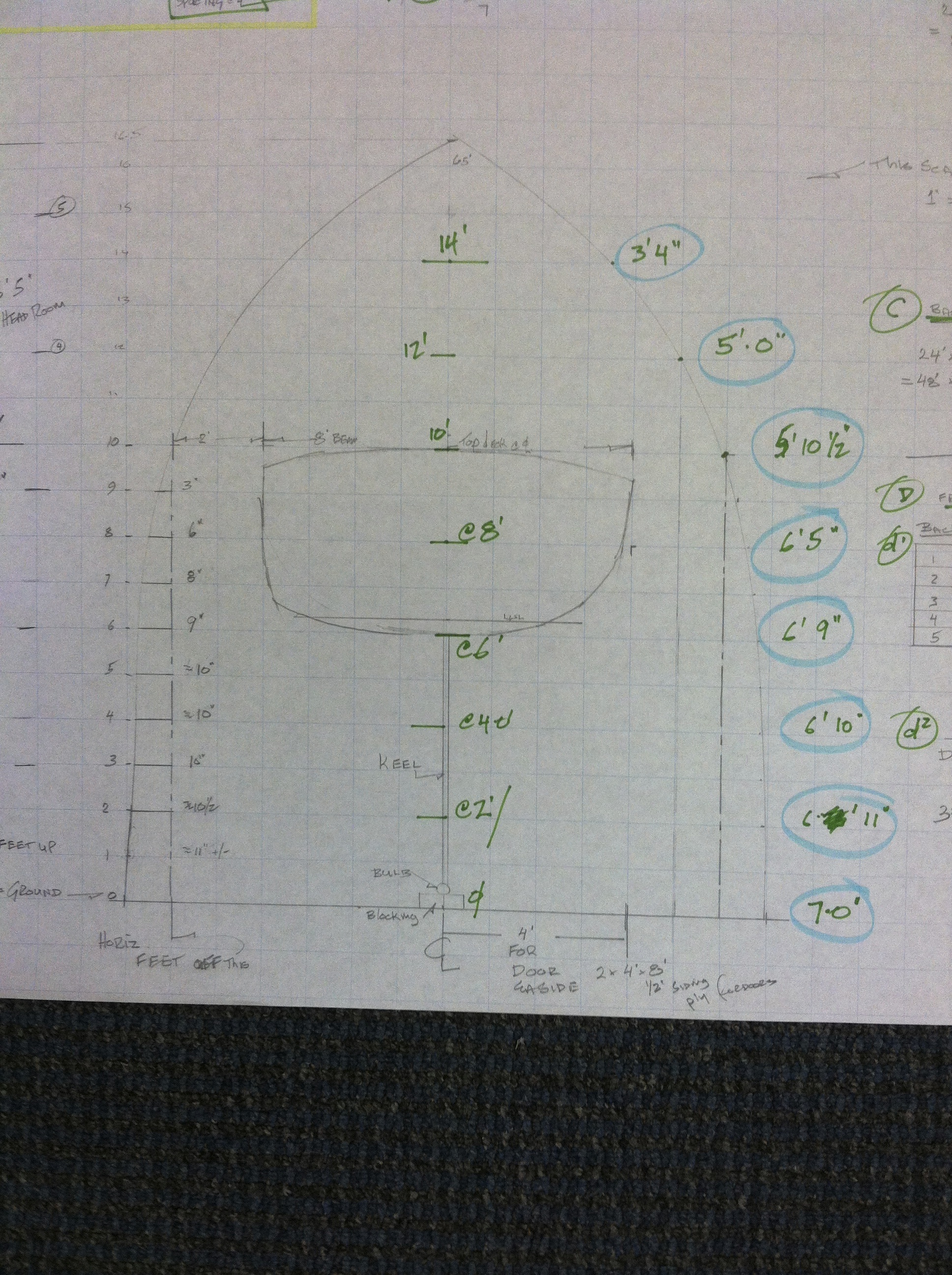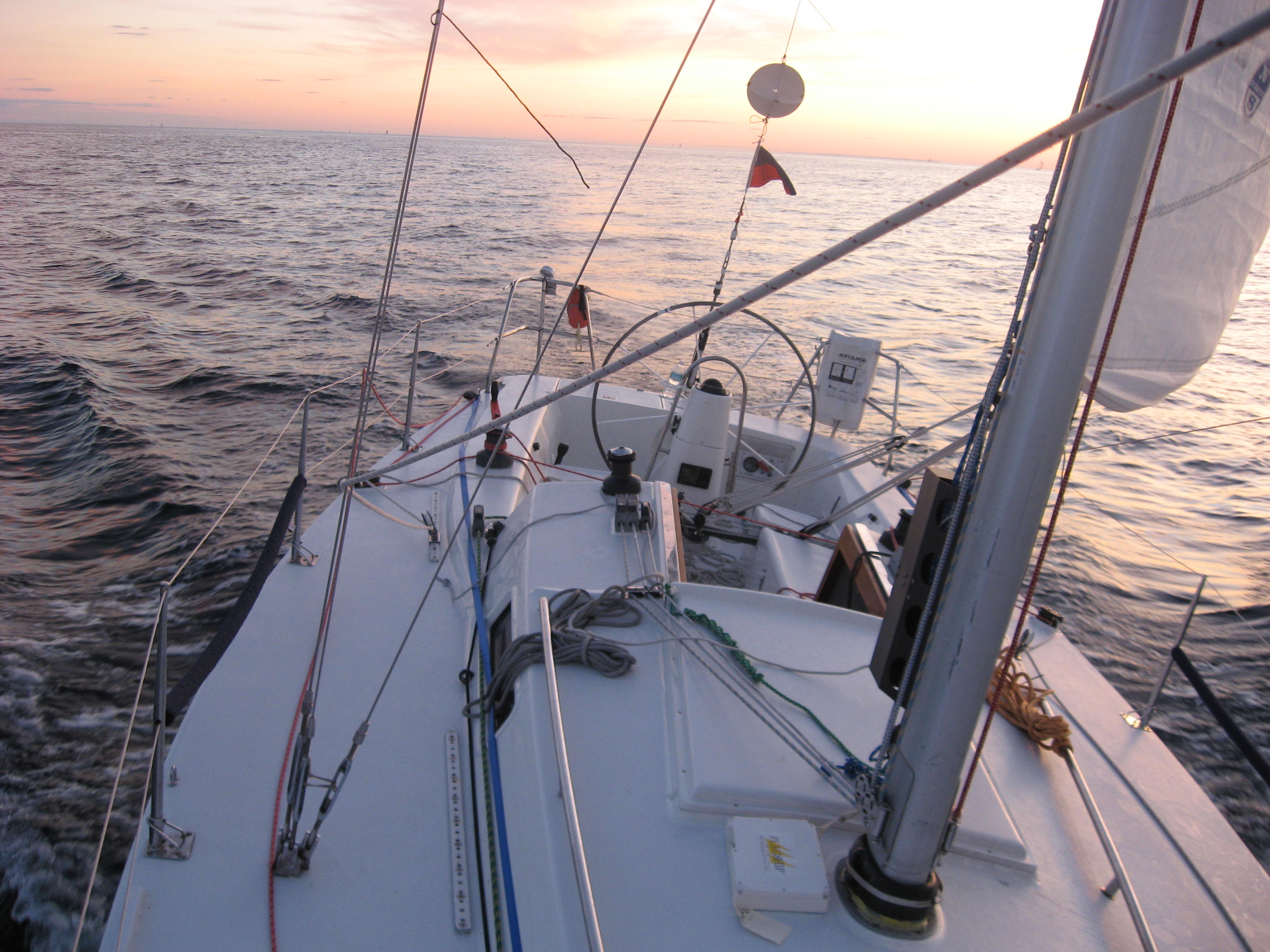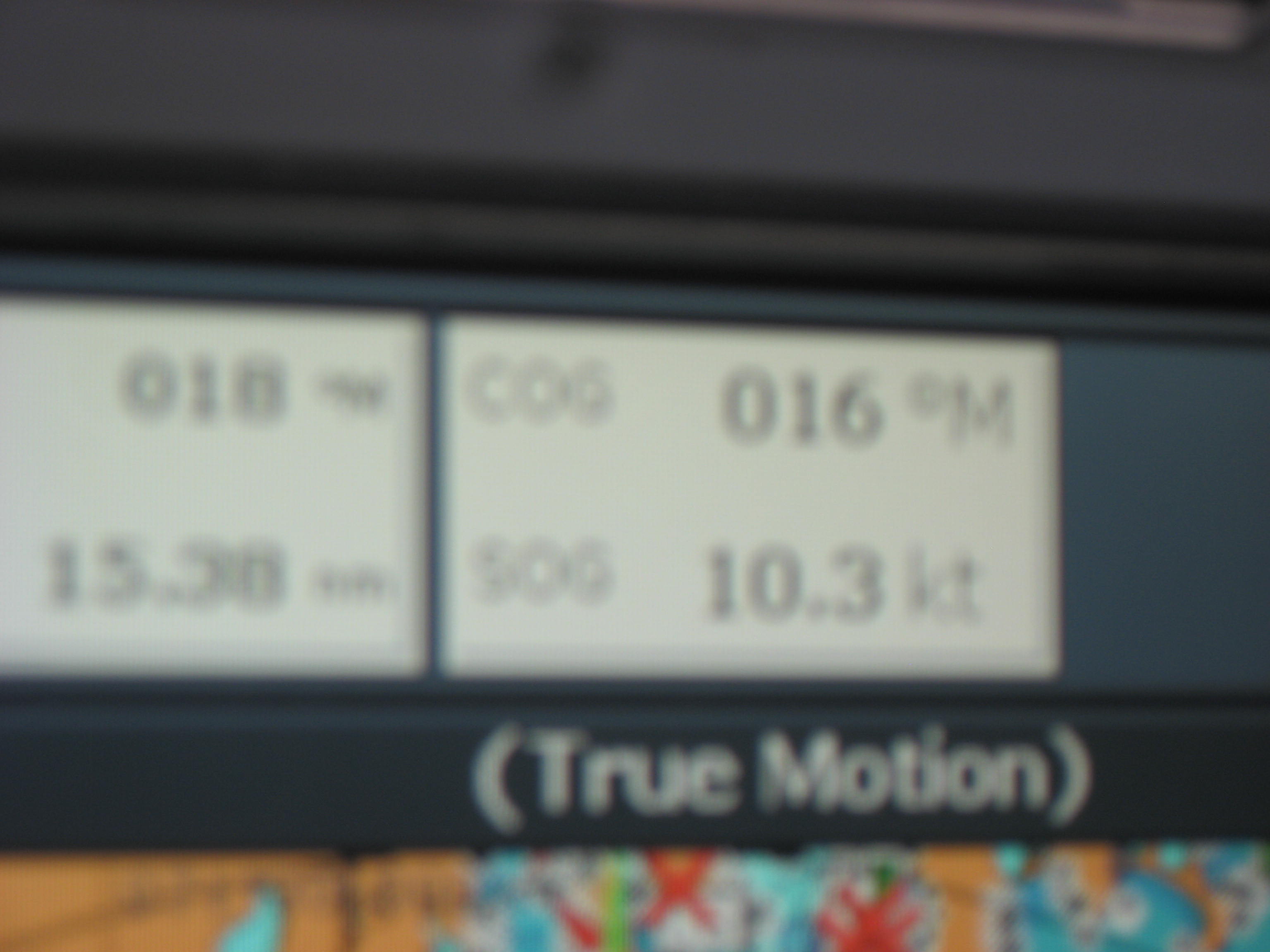Some thoughts on sail design:
With particular attention “pointing” ability
Especially with respect to Code Zero sails
This essay is in direct response to a statement from another sailmaker to a customer that “a laminated material will point higher” compared to the heavy nylon I was proposing.This is an altogether a too broad a statement.
The type of fabric from which a sail is made is not at the top of the list when contemplating sail shape. Certainly building say a heavy jib of too light a material is not going to be effective but bear in mild also shape is only one aspect of a sail. Apart from “the shape” sails need to consider the following criteria, in no particular order.
Cost, durability, ease of handling, response to hard handling (aka tear strength) range of utility, (wind speed and angle), stowage issues are some of theses criteria.
A code zero is a unique sail in that in most cases it needs to rate like a spinnaker but to work like a genoa. That is it is intended to be used in light air when the boat wants to go up wind and for want ever reason, the “normal headsails” on the boat are not as effective as a “code zero” thus the response about pointing. Years ago such sails might have been referred to as cheater sails
The original code zeros were invented over 20 years ago for the Volvo Ocean Race. Due to the sail limitation rules and the lack of a normal overlapping genoas, Paul Cayard’s team fell upon the idea of having a sail that was designated a “spinnaker” but used as a headsail. They beefed up the boat to take the high loads generated by the tight luff that this sail needed. Fast forward to about 10-15 years ago and similar sails started making their appearances on the domestic recreational race course. Since they had to measure as a spinnaker, which is a girth* issue, all the girth was in the leech, rather like the roach on a mainsail. The other issue with such sails on furlers is the tremendous loads required to set up the luff of the sail so the sail would actually roll around the luff. The boats or the masts that Corinthian sailors sail were just not built for such loads.
About 8 years ago, Hood developed a version of this cheater headsail that was able to set and handled like a normal spinnaker, and was measured as one. This sail did not need a furler, tight luff rope and related costs, was made from Nylon yet could sail as close as 40 degrees apparent.
These sails fit the use profile of the non-professional sailor: They were inexpensive-nylon is cheaper than laminated materials, especially the more recent ones designated code zero materials, they were easy to handle-Just like a normal kite, took up a pretty small space, and considering the infrequence with which they are used this is appreciated by weekend racers. And a particularly appreciated aspect of nylon sails is their relative tear resistance compared to the very light film sails from which code zeros are built. Also nylon is much more resistance to damage from flex, read flogging than Mylar film, a detail if you are to be caught out in a squall somewhere.
With respect to the statement above, a review of design issues is in order.
The pointing ability of a sail is a function of at least two details: the draft of the sail and the entry angle. The draft is of course the fullness of the sail, technically the chord depth. And this depth changes vertically up the sail too. Consider for a moment a conventional spinnaker. If it is full, you can only head up so much in any kind of luffing match with it in pole-on-the-head-stay conditions, close reaching. This is why boats have a flatter reaching spinnaker. Same idea applies to the zero it is flatter again than a regular spinnaker, but fuller than a headsail.
The entry angle is a bit less obvious. This is the angle between the chord line and the angle of the very front couple of inches of the luff of the sail. A narrower angle here means the boat can point higher BUT it also requires that the boat be more accurately steered in order to keep in the groove. If the boat falls out of the groove as when a wave passes, the boat will slow down & the trim needs to be adjusted and the boat brought up to speed again. It is not uncommon for one-design boats to have different shaped headsails for use in flat, moderate of choppy waters. The choppier the waters the wider the angle of attack needs to be so the boat can be steered around waves with out stalling. Stalling is the “falling out of the groove” feeling.
With a sail like a code zero, intended to be used by most production cruiser racers generally in under ten knots true, a wider angle of attack is to be preferred. This is to accommodate the wide variety of conditions that such boats generally sail in.
The loads on a sail diminish dramatically as soon as the sheets are started even a small amount. For instance the load between a spinnaker trimmed hard enough to develop a crease between the tack and clew, as when trying to keep it full in really light air, diminishes quickly when the sail is eased to where the crease vanishes. That is why you may need someone to crank the sail to get it to that stage, but ease it a foot or so and the trimmer can trim by hand.
Going back to the sentence above about building a heavy weather jib from light fabrics, one enters the realm of properties of the fabrics in question: Nylon and code zero fabrics. The latter are a sandwich similar to composite boat building in that there are several layers and glue.
By far and away the vast majority by area of a code zero fabric is Mylar film. Bear in mind that the fabric has two sides, so the Mylar film is 50% of the total fabric in area. This film is half a mil thick. For comparison, a normal laminated sail might be .75 of a mil Mylar for a light air headsail for a 35 foot boat up to say 2 mil Mylar in sails on a bigger boat. It is pretty rare to get thicker film than that because such fabric becomes a real bear to handle.
Next in area is the other 50% of the sail fabric which is very thin deniers (small, tiny in fact yarns) woven polyester that is not shrunk. This is glued onto one side of the fabric.
Finally we get to the strong fibers. These fibers, called tows are glued in between the film and the taffeta. They are described by their denier. This is how thick they are, roughly like half inch line is thicker than quarter inch but thinker than five eighth. 50 denier is what light nylon sails are woven from, 1100 is a thick denier. Most fabrics operate in the 300-900 denier, as a broad statement. Reading the data from one of the major cloth suppliers in the US, their second to lightest material is made as follow:
Half a mil of film:
A tow (cloth speak for a “bundle” of fibers-Visually a tow will look like a thick piece of string) of 1140 denier aramid fiber, gold in color, set on half inch centers on the zero axis. The zero axis is parallel with the length of the roll.
There is a flat X shaped 750 denier tow of an aramid called Technora, this is black
There is a taffeta on the other side of the film.
There is a glue line holding the lot together.
To review
This material is 2.1 oz
This code zero fabric is close to two times the cost per yard than 1.5 oz Nylon.
It is about 30% more expensive per yard than grand prix nylon.
It is about half as stretchy on the zero axis as a comparable nylon
The film on this fabric is only half a mil-Not a strength consideration but a handling and durability question:
Durability is a factor in the sense of dragging the sail over life lines, across stuff on the deck, by the rigging turn buckles with cotter pins just starting to poke thru the electric tape, meat hooks on the halyards of the mast, and around down below. And as noted if caught out in building breeze and it spends time flogging, this (flexing) will degrade the film more than any overloading will do. At any rate most sailmakers to day will make the clew so the ring fails before the sails blows up.
This video is of a Hood Code Zero on a J-105. I was sailing this boat from Newport to Fishers Island alone. In this circumstance we are actually beam reaching, not going to go up wind. I have used this same sail in 25-30 knots true sailing at 90 apparent double handed from Block Island to Greenport in a race. We won because we had a sail we co old set that was right for the conditions.

